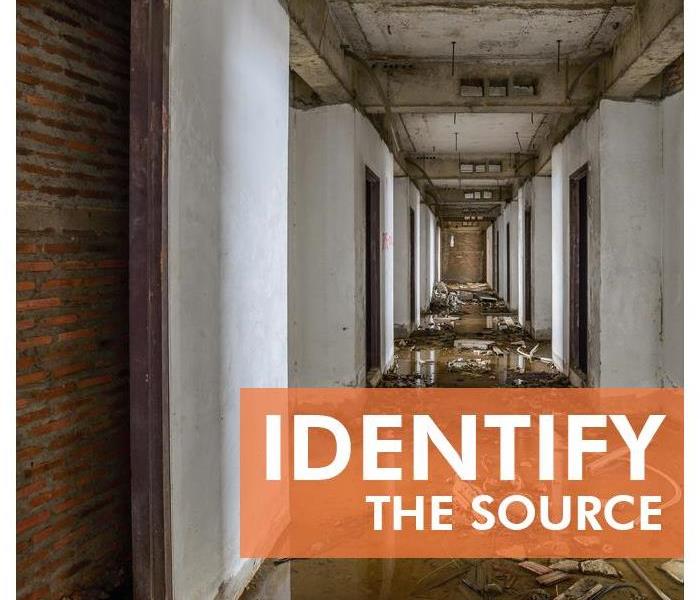The Value of Pretesting During Property Restoration
3/24/2019 (Permalink)
 When property restoration technicians first arrive on the scene, they look for an ongoing source of damage
When property restoration technicians first arrive on the scene, they look for an ongoing source of damage
Some property damage restoration professionals begin their services with pretesting. That is, they complete a detailed inspection of affected properties, assessing the types and scope of damages. With this information, the technician can plan an appropriate course of action. One of the key reasons for completing this inspection before beginning any other work is to keep the cost of an insurance claim down. The process generally includes the following steps:
- Address immediate and ongoing destruction or safety concerns
- Identify and categorize damages, including further safety concerns
- Survey the extent and measure the scope of the damage
- Take steps to prevent further harm
Immediate Concerns
When property restoration technicians first arrive on the scene, they look for an ongoing source of damage. For example, if the property was affected by water, technicians identify the source and prevent more water from getting into the area. If they arrive at a fire-affected property, the technicians may cover holes in the roof.
Identification of Damage
Once immediate threats of harm are resolved, property damage restoration professionals move on to determine the types of damage. After a fire, for instance, technicians may find smoke in the air, soot stains on furniture, water-logged furnishings from sprinkler systems and hoses, and so on. Technicians list and categorize these issues to guide their restoration efforts.
Measure the Extent of Destruction
In addition to determining the types of damages during the pretesting phase, technicians must determine the scope of destruction. This step helps professionals prioritize areas of restoration. For example, a wet spot on the floor is much less serious than water-logged construction that could lead to a hole in the floor.
Prevent Further Issues
Finally, before leaving, technicians will address any issues that may cause further harm to the property. This includes putting up plywood on entrances, shutting off electricity, or moving furniture to prevent stains.
An insurance agent in Prairie Village, KS, may seek pretesting to keep costs under control. Property owners appreciate the information that gives them an idea of how much time and money to prepare.

 24/7 Emergency Service
24/7 Emergency Service